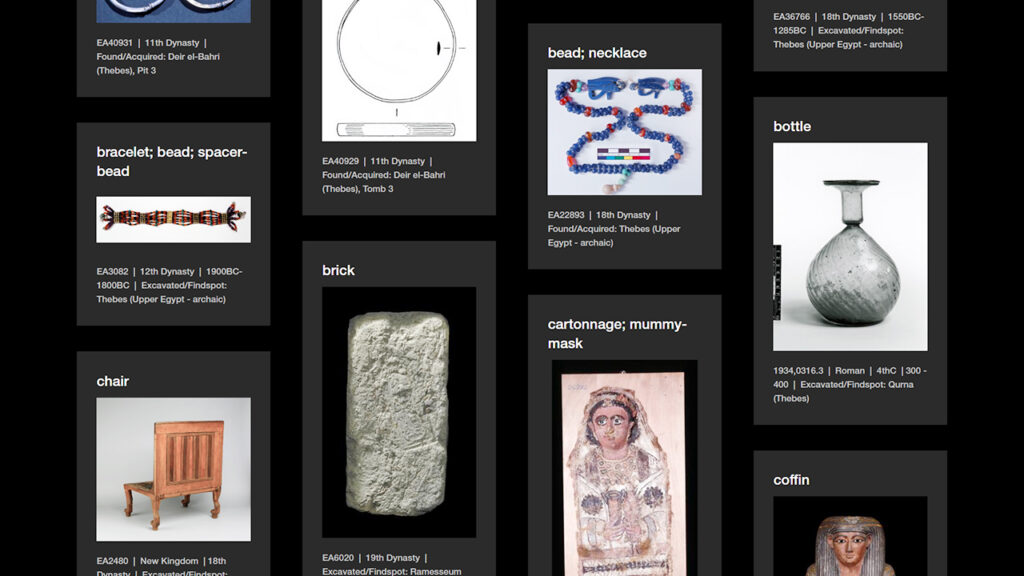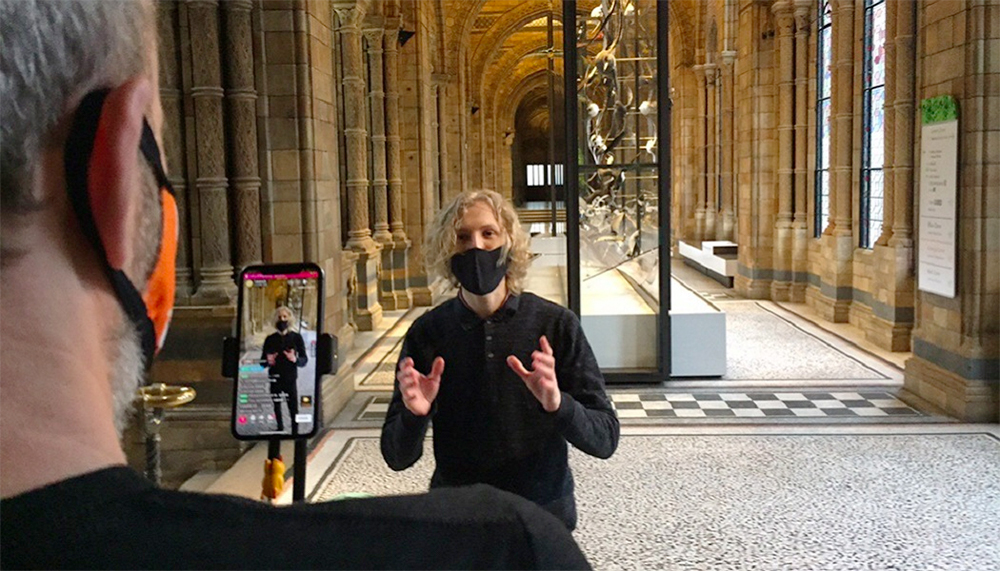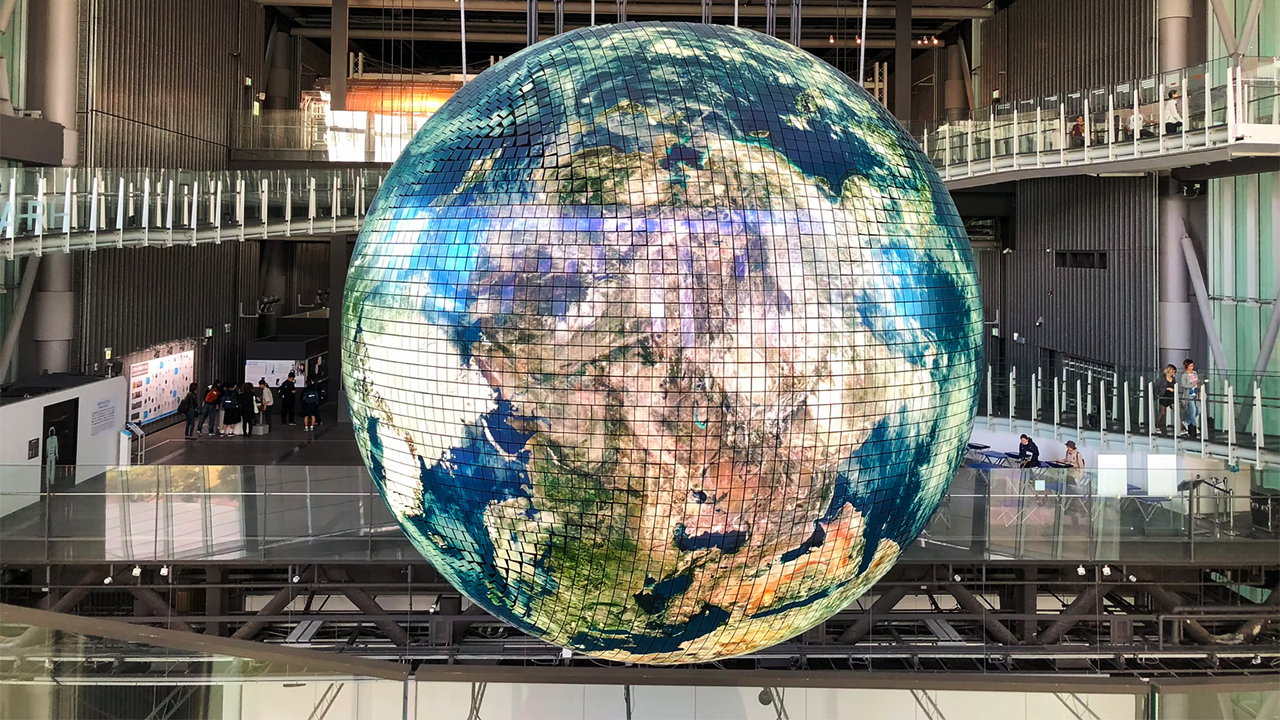As cultural organizations reopen and reemerge onto a newly digital landscape, Jing Culture & Commerce is featuring insights from Catherine Devine, Business Strategy Leader of Libraries & Museums at Microsoft. In her monthly guest series, she shares how institutions can best enhance their infrastructure and programming to meet the digital moment. Read more of her columns here.
We live in a world that has adapted technology to a point where we can speak to almost anyone across the globe within seconds. How amazing is that?
Even more so, technology and understanding that technology could help expand your museum in so many different ways. It’s about access to your museum through technology, and digital literacy to enable that technology and access.
Technology enables experiences that you just can’t do in the “physical” realm and expands access. If you’re a museum or other cultural institution, think about who comes through the doors — the physical doors. Who shows up for your in-person programming? Depending on where you are, it’s likely members of your local community with a mix of tourists.
But when you dig into your visitor population a bit more, there are a host of other reasons people might not be coming to visit: family or work responsibilities, money issues, or even that they live in another area and it’s too tough to make the trek.

Over 2020’s lockdowns, the British Museum revamped its online collections, adding new objects and records to a platform that now totals nearly 4.5 million images, ensuring visitors could still experience the institution’s holdings even though its doors were shut. Image: British Museum
If you think about visitors through the lens of the “physical” (who is coming through the doors), you’ll limit who you can reach and who can access all that your institution has to offer. Simply thinking about how other “channels” (for example, your website, your social channels, maybe an online-only event) could both support your mission and provide greater access to your audiences is a great first step.
The pandemic has forced many museums to be creative with how they reach people and they have been surprised by the increased access, enabled by technology like a digital asset management system, a smart livestreaming platform, or countless other tools.
But before access can happen, there needs to be a greater understanding of the why and how of technology — digital literacy.

In partnership with Fliggy, the Natural History Museum livestreamed a tour early in 2021 that granted 100,000 viewers virtual access to its permanent displays. Image: Museums and Heritage
When thinking of “technology,” many may conjure up images of a developer coding in a basement surrounded by servers and lots of machines with blinking lights. Thinking beyond these dated stereotypes is a start. Rather, think about artificial intelligence (AI) and drag-and-drop interfaces.
Coding isn’t 1001100001010101 — it has evolved and your knowledge of it must too. The big question is, are you understand technology and what it can do for your organization or are you simply conjuring up those dated images?
Digital literacy is about understanding how things are done and accomplished. It’s about understanding WHY you need to make a certain hire for a digital project or why your organization’s website needs to be SEO-optimized. You don’t need to build a server, but you should understand that you need experts to support how your assets are contained, managed, optimized, and distributed.
Understanding technology — really, digital literacy — is now an essential part of running any organization. You don’t need to be an expert, but for the sake of your organization’s business and mission, digital literacy is an essential business function.
Consider digital literacy and access two foundational elements of today’s museums. Without both, you run the risk of falling behind and not reaching critical audiences.



